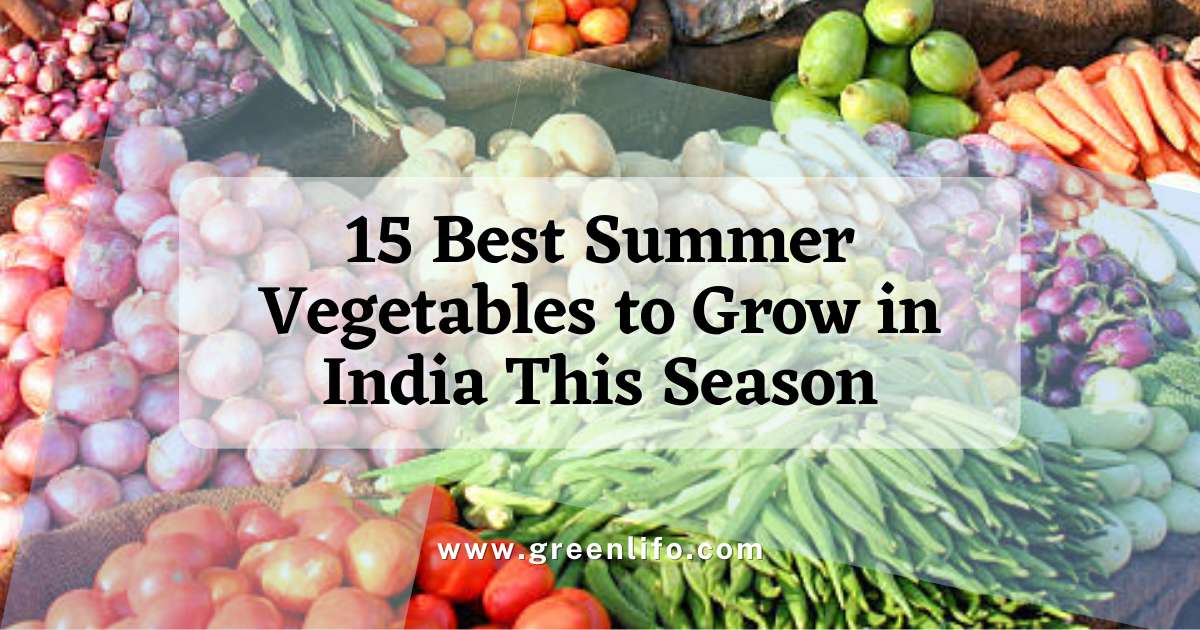
Summer in India can be harsh, but it is also the time when you can grow some of the best vegetables in your garden. With the right selection of plants and proper care, you can enjoy fresh produce throughout the summer season. In this article, we will discuss the best 15 vegetables to plant in summer in India and provide some tips for successful vegetable planting.
15 Best Summer Vegetables To Grow in India This Summer:
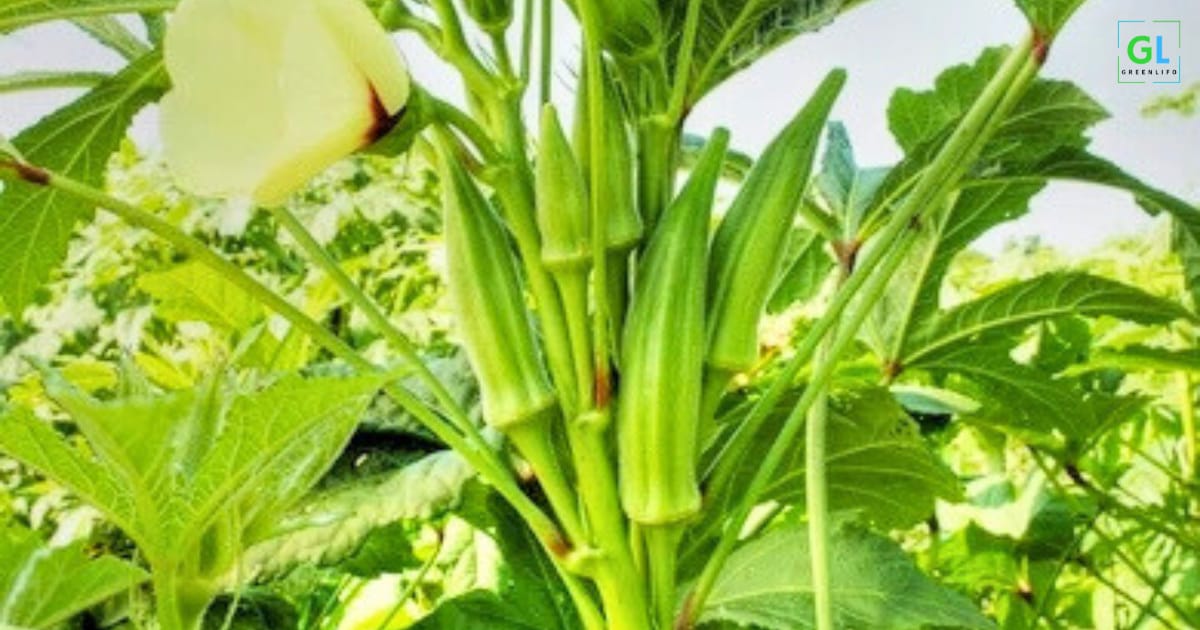
1. Okra (Ladyfinger):
Okra, also known as ladyfinger, is a popular vegetable in India. It is easy to grow and thrives in hot weather. Okra needs well-drained soil and plenty of sunlight to grow. Plant the seeds about 2-3 cm deep and 15-20 cm apart. Water the plants regularly and harvest the pods when they are 4-5 inches long. It is a good source of vitamin C, fiber, and antioxidants. You can enjoy it in curries or fry it as a snack.
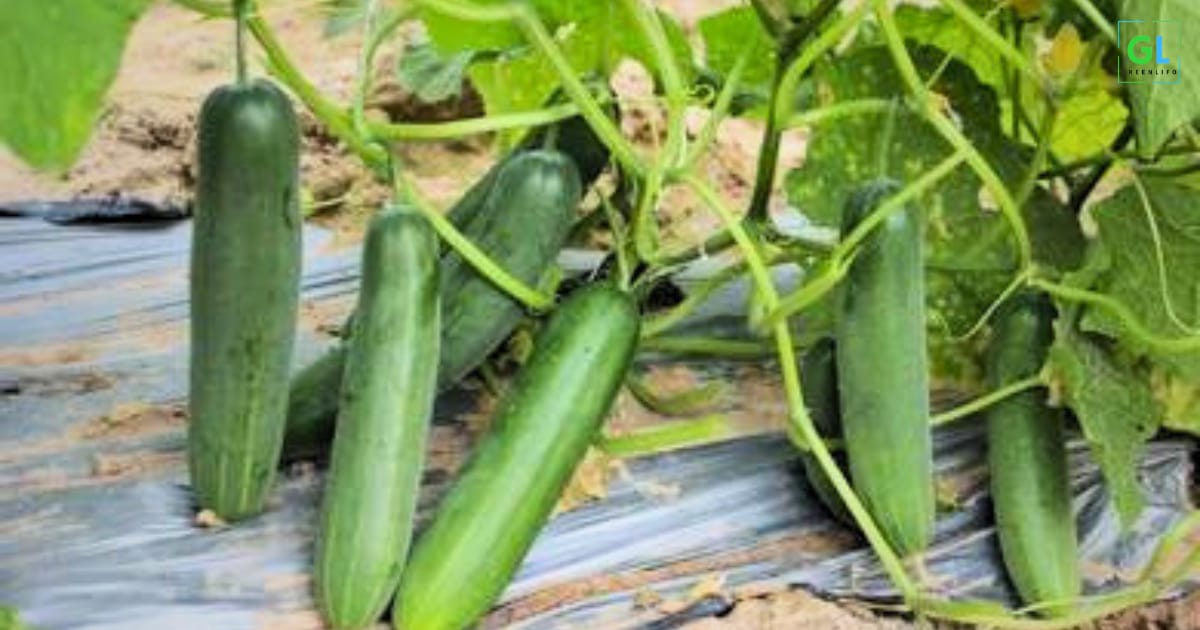
2. Eggplant (Brinjal):
Eggplants, also known as brinjals, are another great vegetable to grow in summer. They require warm temperatures, plenty of sunshine, and well-drained soil. Plant the seeds in a location that receives at least six hours of sunlight each day, and water the plants regularly. Harvest the eggplants when they are fully mature and glossy. Eggplants are rich in fiber, potassium, and vitamin B6. You can use it in curries or grill it as a side dish.

3. Spinach (Palak):
Spinach, also known as palak, is a nutritious leafy vegetable that is perfect for summer. It requires partial shade and well-drained soil to grow. Spinach is a good source of iron, vitamins, and minerals. You can use it in salads or cook it as a side dish.
Read More: 10 Most Profitable Livestock Farming Business Ideas – Green lifo
Tuber Plants | List, Types & Examples 2023 – Green lifo
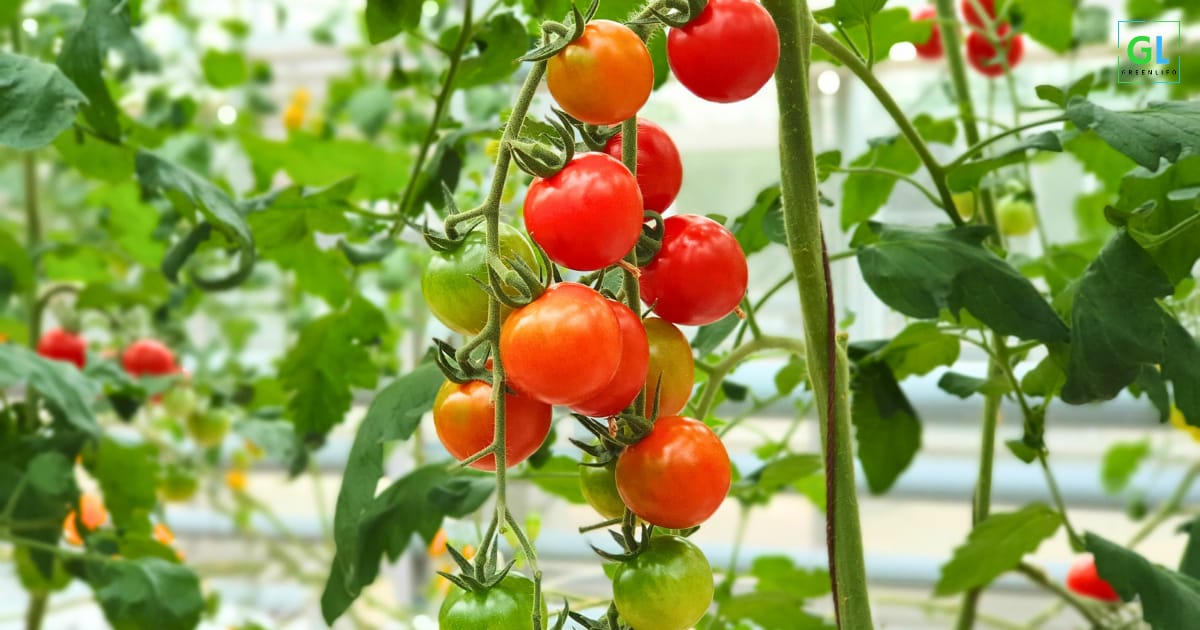
4. Tomatoes (Tamaatar):
Tomatoes are a staple in Indian cuisine, and they’re easy to grow in the summer. They require well-drained soil, plenty of sunshine, and regular watering. Plant the seeds about 1 cm deep and 30 cm apart, and provide support for the plants as they grow. Harvest the tomatoes when they are fully ripe and juicy. Tomatoes are rich in vitamin C, potassium, and lycopene. You can use them in salads, curries, or make a delicious sauce with them.

5. Cucumber (Kheera):
Cucumber, also known as kheera, is a cool and refreshing vegetable that is perfect for summer. They require fertile, well-draining soil, plenty of water, and sunlight. Plant the seeds about 2 cm deep and 30 cm apart, and provide support for the plants as they grow. Harvest the cucumbers when they are about 6-8 inches long. Cucumber is a good source of vitamin K and potassium. You can use it in salads or make a refreshing drink with it.
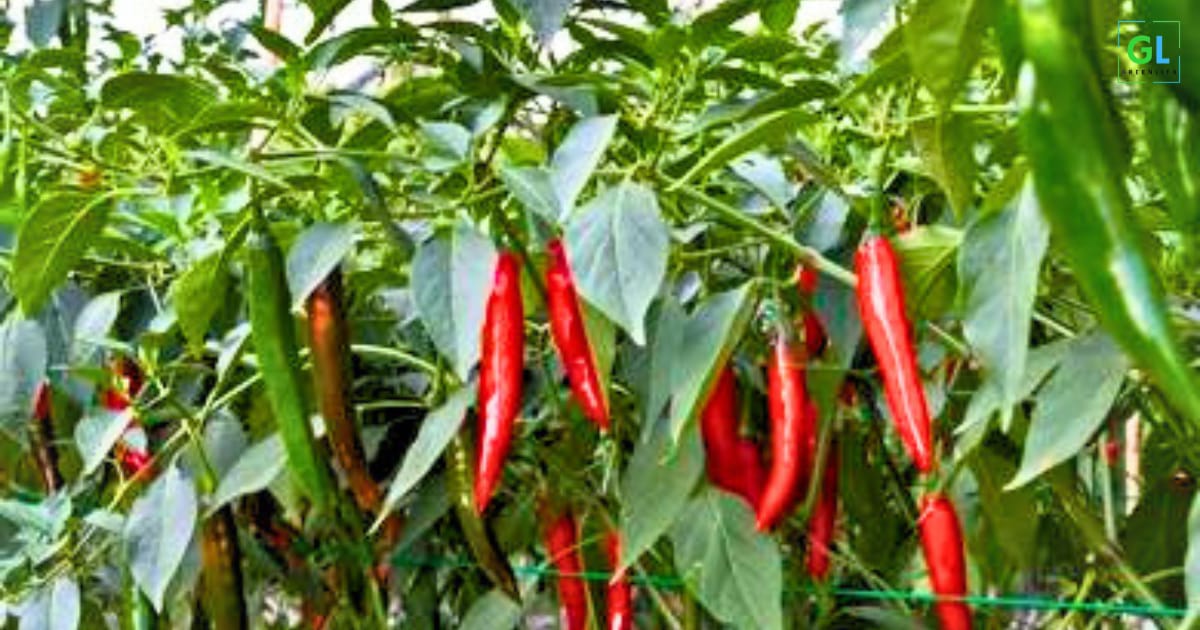
6. Chili Pepper (Mirch):
Chili Pepper are a staple of Indian cuisine and are a popular summer vegetable that is easy to grow. They require well-draining soil and plenty of sunlight, but they are relatively low-maintenance and produce a bountiful harvest. Chilies are packed with vitamin C and capsaicin, a compound that has been shown to boost metabolism and reduce inflammation.You can use them in curries, chutneys, or make a spicy sauce with them.
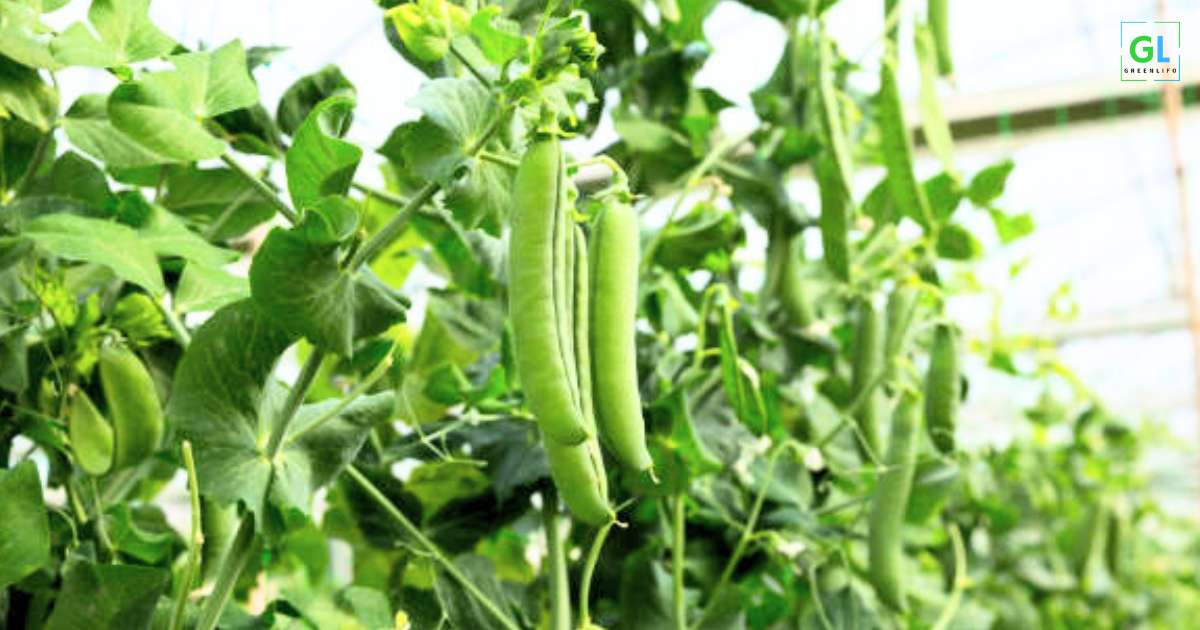
7. Green Peas (Matar):
Green peas, also known as matar, are a delicious summer vegetable in India. They require full sun and well-drained soil to grow. Green peas are a good source of protein, fiber, and vitamins. You can use them in salads or cook them as a side dish.
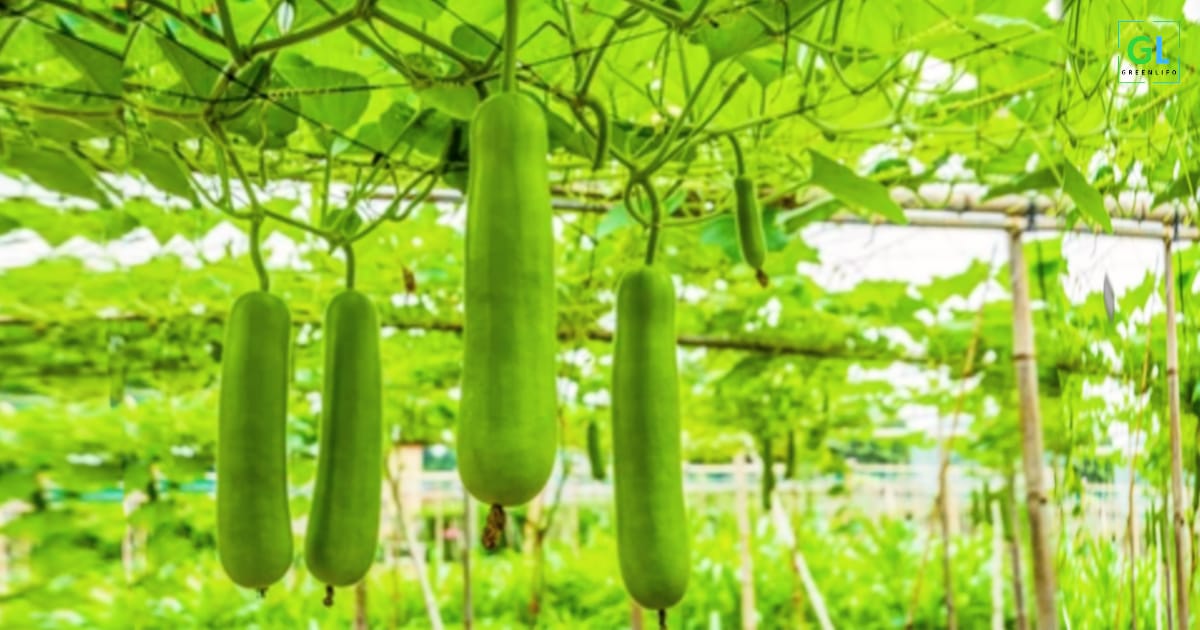
8. Bottle Gourd (Lauki):
Bottle gourd, also known as lauki or doodhi, is a popular summer vegetable in India. It requires warm temperatures, plenty of sunlight, and well-drained soil. Plant the seeds about 1 cm deep and 30 cm apart, and provide support for the plants as they grow. Harvest the bottle gourds when they are about 12-15 inches long. Bottle gourd is rich in vitamins and minerals and is low in calories. You can use it in curries or make a refreshing juice with it.
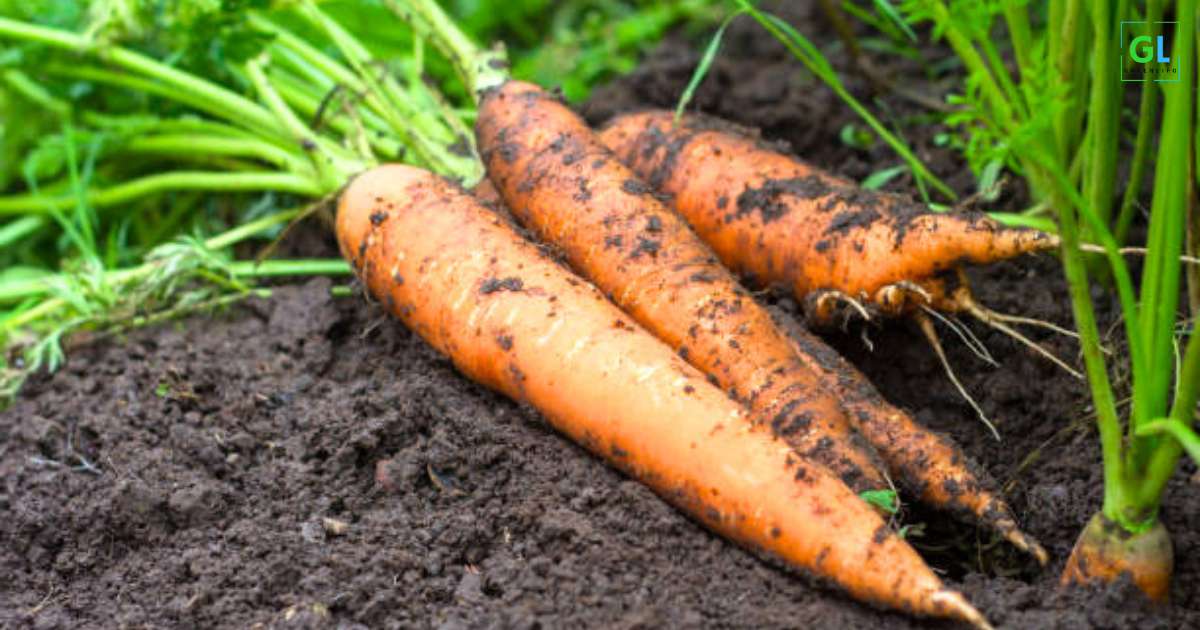
9. Carrot (gaajar):
Carrots are a nutritious root vegetable that is perfect for summer. They require full sun and well-drained soil to grow. Carrots are a good source of vitamins and minerals and are low in calories. You can use them in salads or make a delicious carrot soup with them.
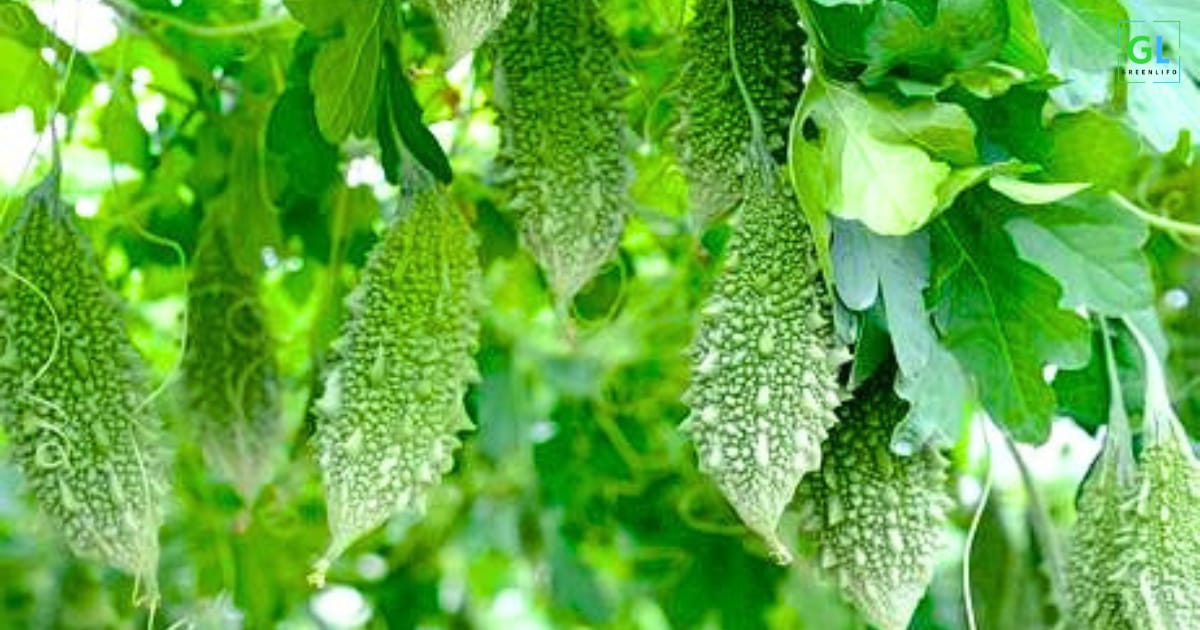
10. Bitter Gourd (Karela):
Bitter gourd, also known as karela, is a popular summer vegetable in India. It requires warm temperatures, plenty of sunlight, and well-drained soil. Plant the seeds about 1 cm deep and 30 cm apart, and provide support for the plants as they grow. Harvest the bitter gourds when they are about 6-8 inches long. Bitter gourd is a good source of vitamin C, folate, and potassium. You can use it in curries or juice it for its health benefits.

11. Radish (Mooli):
Radish, also known as mooli, is a popular summer vegetable in India. It requires full sun and well-drained soil to grow. Radish is a good source of vitamin C and potassium. You can use it in salads or cook it as a side dish.
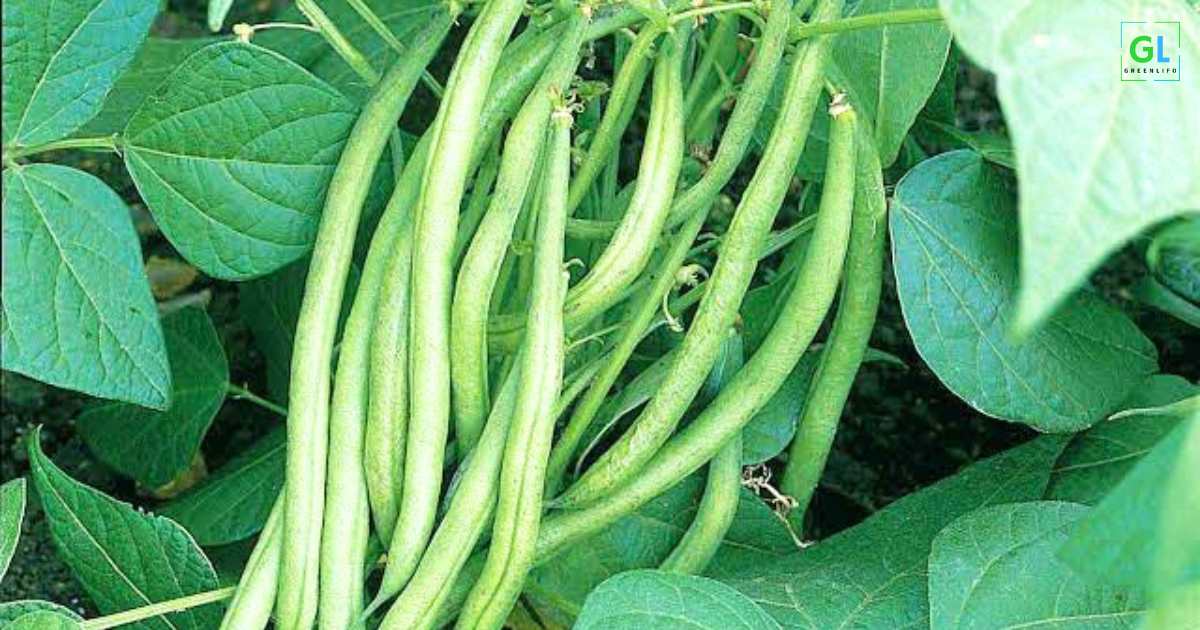
12. Beans (French Beans):
Beans, also known as french beans, are a popular summer vegetable in India. They require well-draining soil, plenty of sunlight, and regular watering. Plant the seeds about 2 cm deep and 10-15 cm apart, and provide support for the plants as they grow. Harvest the beans when they are about 4-5 inches long. Beans are a good source of protein, fiber, and vitamins. You can use them in salads or cook them as a side dish.
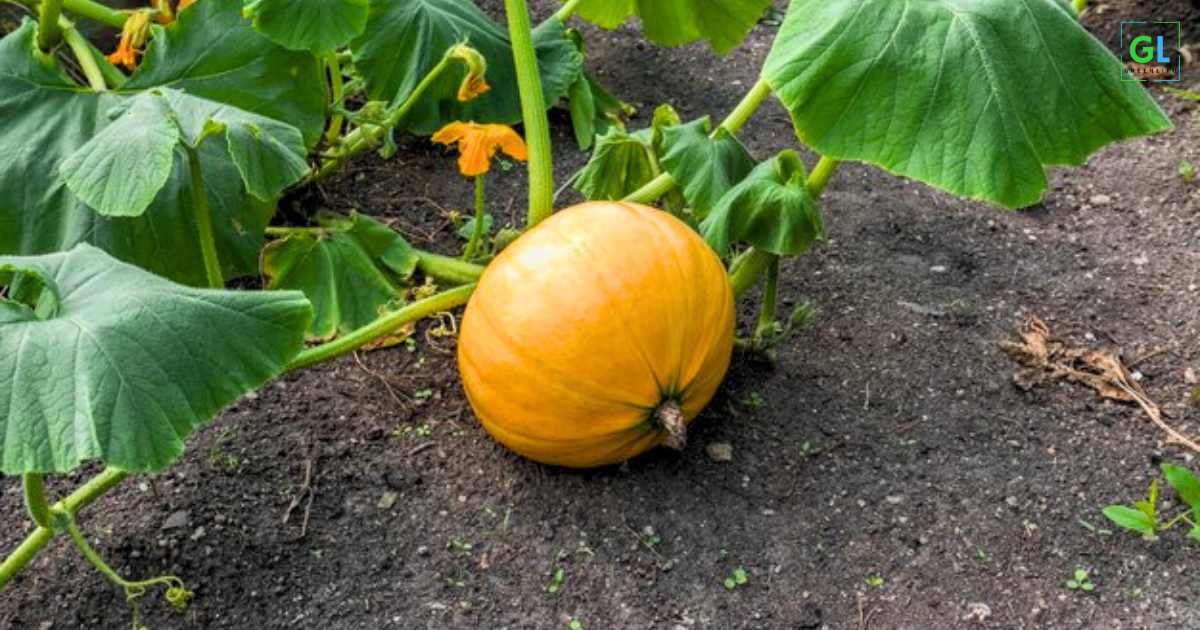
13. Pumpkin (Kaddu):
Pumpkin, also known as kaddu, is a popular vegetable in India. It requires full sun and well-drained soil to grow. Pumpkin is a good source of vitamins and minerals and is low in calories. You can use it in curries or make a delicious pumpkin soup with it.
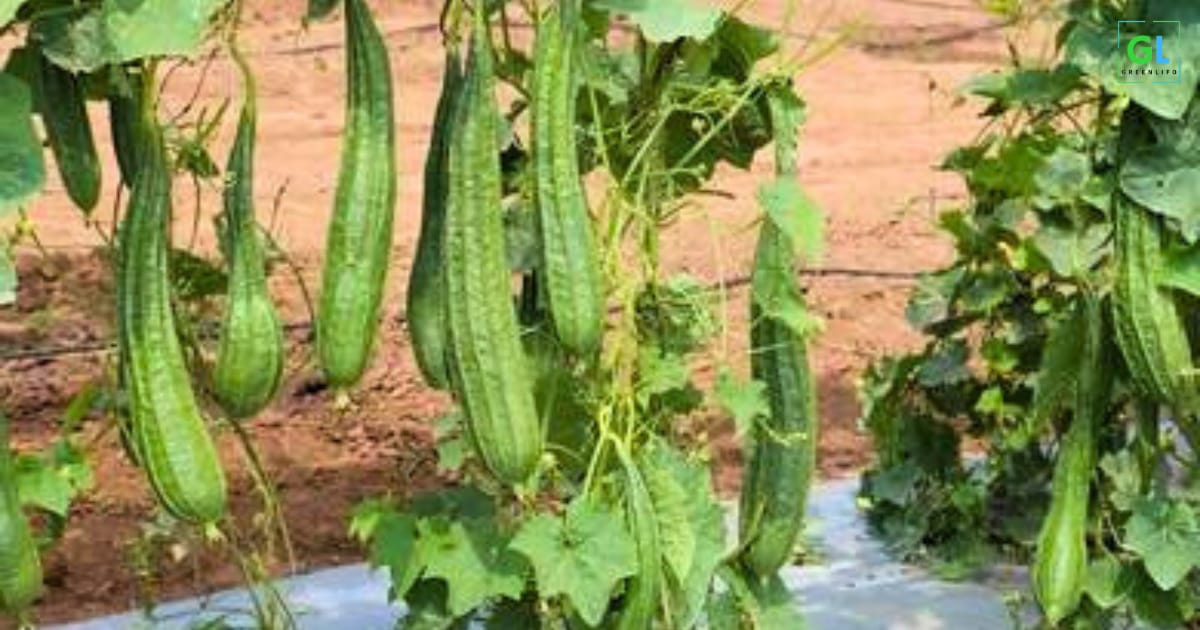
14. Ridge Gourd (Tori):
Ridge gourd, also known as tori or turai, is a summer vegetable that is easy to grow in India. It requires warm temperatures, plenty of sunlight, and well-drained soil. Plant the seeds about 1 cm deep and 30 cm apart, and provide support for the plants as they grow. Harvest the ridge gourds when they are about 12-15 inches long. Ridge gourd is a good source of fiber, vitamin C, and iron. You can use it in curries or make a refreshing chutney with it.
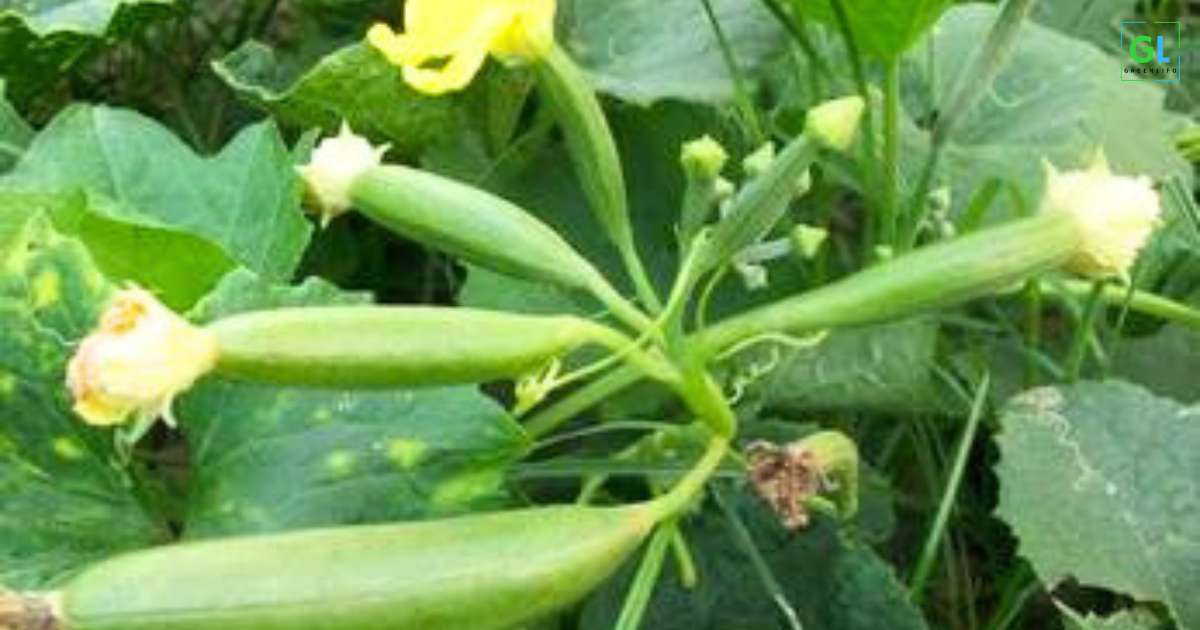
15. Sponge Gourd (Turai):
Sponge gourd, also known as turai, is a nutritious vegetable that is rich in vitamins and minerals. It requires full sun and well-drained soil to grow. Sponge gourd is a good source of vitamin C, potassium, and iron. You can use it in curries or make a delicious soup with it.
Tips and Tricks for Growing Vegetables in Summer in India:
Soil Preparation:
Prepare the soil before planting by mixing in compost or well-rotted manure. This will help to improve soil fertility and moisture retention.
Watering:
Water the plants regularly to keep the soil moist but not waterlogged. Use a watering can or hose to water at the base of the plants, and avoid wetting the leaves.
Mulching:
Mulch the soil around the plants with organic matter such as dry leaves, straw or grass clippings. This will help to conserve moisture and keep the soil cool.
Control Pests and Diseases:
Keep an eye out for pests and diseases that can harm your plants. Monitor the plants regularly for signs of pest infestations such as aphids, caterpillars, or whiteflies. Use organic pesticides or insecticides as needed to control pests.
Use Organic Fertilizers:
Fertilize the plants regularly with organic fertilizers such as compost or well-rotted manure. This will help to provide essential nutrients to the plants and promote healthy growth.
Planting Time:
Plant the vegetables early in the season to ensure they have enough time to mature before the hot weather sets in. Planting in late May or early June is ideal for most summer vegetables.
Harvest Regularly:
Harvest your vegetables regularly to promote healthy growth and prevent overcrowding. Overcrowded plants are more susceptible to pests and diseases.
Conclusion:
In conclusion, there are many vegetables that you can grow in your garden during the summer season in India. The best 15 vegetables to plant in summer in India are okra, eggplant, bitter gourd, bottle gourd, cucumber, tomato, ridge gourd, sponge gourd, beans, pumpkin, spinach, carrot, radish, green peas, and chili pepper. These vegetables require proper care and attention to grow, but with the right techniques, you can enjoy fresh produce throughout the summer season. Planting these vegetables in your garden will not only provide you with delicious and nutritious food but will also help you lead a healthier lifestyle.
FAQs :
Which plant grows fast in summer?
Some plants that grow fast in summer include tomatoes, cucumbers, zucchini, and beans.
What seeds grow best in summer?
Seeds that grow best in summer include watermelon, okra, sunflowers, and corn.
What is the difference between summer vegetable and winter vegetable cultivation?
Summer vegetables require warmer temperatures and longer daylight hours than winter vegetables, which prefer cooler temperatures and shorter daylight hours.
What are Soil-borne diseases?
Soil-borne diseases are plant diseases that are caused by pathogens that live in the soil, such as fungi, bacteria, and viruses. They can infect the roots or other parts of the plant, and can be difficult to control once they are established.
Read Next: Sorghum Farming Guide: A Complete Guide to Growing Sorghum 2023